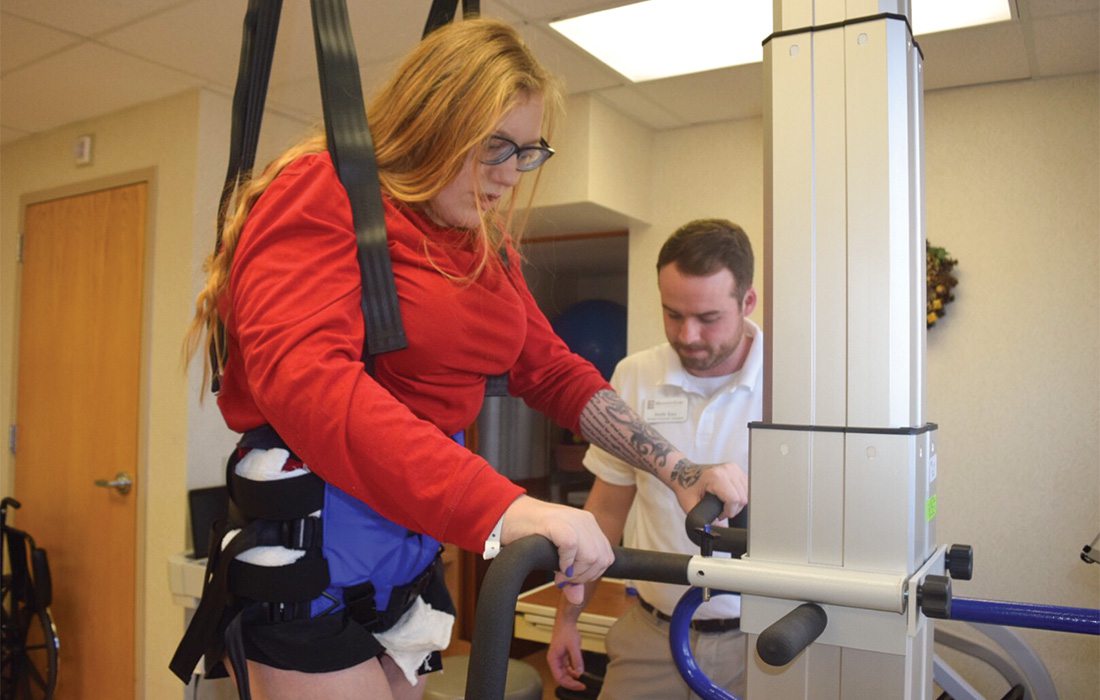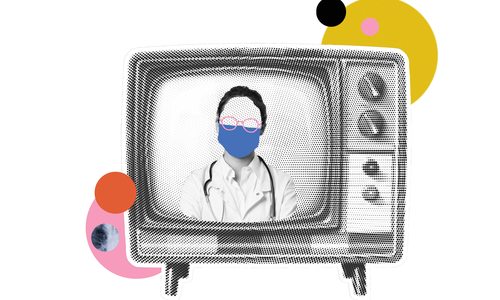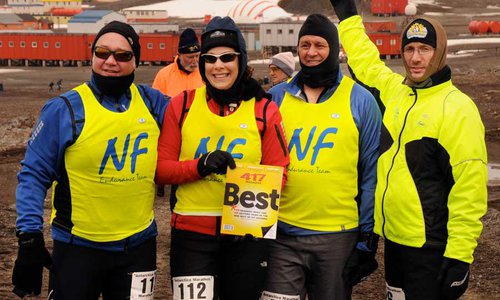Health
After Paralysis, Teen Brookelyn Kellett Learns to Walk Again
Longtime athlete Brookelyn Kellett felt a numbness in her foot on Christmas Eve, and six days later she was paralyzed. Here’s her story about her road to recovery.
By Jenna deJong
Jul 2018

One day she was making birthday plans and preparing for the Christmas season, and the next she was in a coma for six days fighting for her life, battling paralysis, and using brand-new technologies to restore her life. Nineteen-year-old Hollister High School graduate Brookelyn Kellett was an athlete and enjoyed putting her body to use through basketball, softball, volleyball, track and mixed martial arts. But after a strike of Guillain-Barre syndrome, a rare neurological disorder in which the body’s immune system damages nerve cells, she was confined to the Intensive Care Unit and unable to walk on her own for two months.
The bout introduced itself in the form of a stomach flu and was followed by a numbness in Kellett’s feet. A week later the numbness snaked up to her waist and eventually caused the coma, during which she was completely paralyzed from the face down.
“You look at your legs and try to focus all your energy on moving them, and when they don’t move, it’s horrifying,” Kellett says.
At first she was diagnosed with conversion disorder, a mental condition in which patients displace feelings of anxiety and depression into physical neurological symptoms. Kellett’s mother had died a year before, and doctors initially thought her emotional response was putting physical strain on the body. A rare syndrome, Guillain-Barre isn’t the first condition the doctors thought of, and because Kellett’s symptoms spread so rapidly, the initial spinal test came back negative. After consideration of Kellett’s symptoms, doctors tested again, and the results were clear: Kellett’s body was attacking itself.
The road to recovery was a strenuous one for Kellet. But with the help of CoxHealth Branson’s Acute Rehab unit and a new piece of technology, called LiteGait, Kellett started physical, occupational and speech therapy a month after symptoms showed.
LiteGait is a harness that holds patients up over a treadmill and helps them receive early exposure to the sensation of walking. Director of Nursing Adene Smith says the technology significantly speeds up patient recovery time. Kellett was the Branson center’s first patient to use the equipment.
“We can get patients up weeks earlier than we could have in the past,” Smith says. “[Without the treatment] she would have still been progressively walking with a walker and the assistance of a wheelchair.”
After 30 days of using LiteGait, Kellett was sent home for outpatient care. She has since learned to walk on her own but continues outpatient therapy.
How it works
The Director of Nursing at CoxHealth Branson’s Acute Rehab Unit Adene Smith explains how LiteGait works: “You’re in a harnessing system, and it takes you up so you are weightless above a treadmill, and the machine has the ability to see what side Brookelyn would be putting more weight on, so the therapist can adjust her to make sure her feet are even on the treadmill. As the treadmill goes, it starts to pull the feet with it so she’s able to get that [walking] sensation.”











